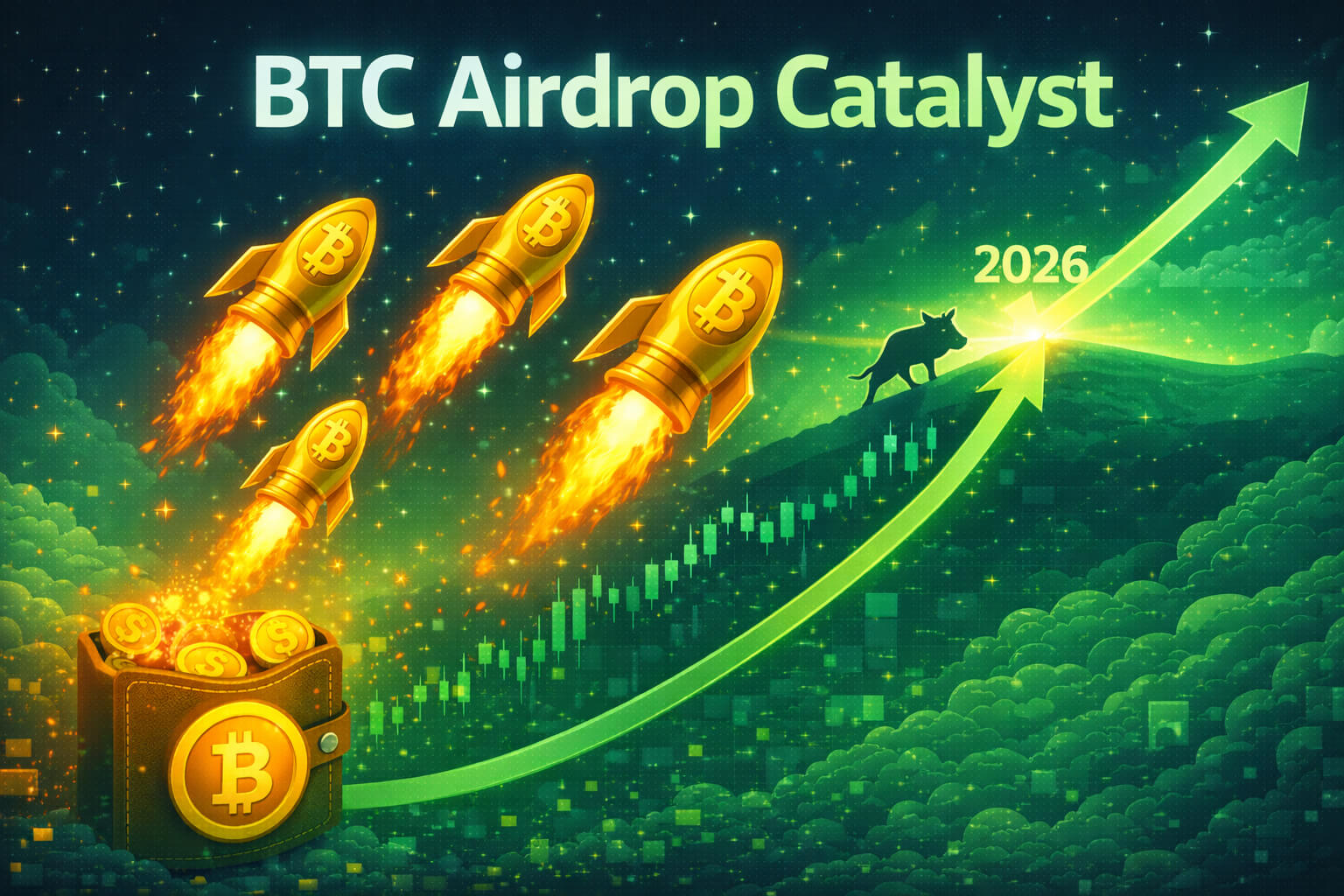Airdrops have become a popular way for crypto projects to distribute free tokens, rewarding early users or encouraging participation. However, the cost of participating in Ethereum-based airdrops has dramatically increased due to high gas fees, forcing many users to reconsider whether the rewards justify the cost.
In this article, we’ll analyze the impact of gas fees on airdrop participation, focusing on how rising costs affect user decisions and what blockchain projects are doing to mitigate this issue.
1. What Are Gas Fees and Why Do They Matter?
Before diving into their impact on airdrops, it’s important to understand what gas fees are. On Ethereum, gas fees are the costs users pay to process transactions on the blockchain. These fees fluctuate based on network congestion and demand, often spiking during times of high activity, like when an airdrop or token sale takes place.
Gas fees cover the computational cost of validating transactions and executing smart contracts. While essential for maintaining the network, high gas fees can become a significant burden for users, especially those claiming free tokens through airdrops.
2. How High Gas Fees Discourage Airdrop Participation
The main challenge posed by high gas fees is that they reduce the cost-benefit ratio of participating in airdrops. For users claiming small amounts of free tokens, paying a hefty gas fee can outweigh the value of the tokens themselves, making it financially unwise to participate.
Example Scenario:
Imagine an airdrop offering $50 worth of tokens. If gas fees on Ethereum rise to $30 or more, users are paying more than half the token’s value just to claim it. For many, this cost isn’t worth it, especially when the token’s future value is uncertain.
This issue particularly affects smaller investors or new participants who may not have significant funds in their wallets. As a result, high gas fees are limiting participation to whales or high-net-worth users who can absorb the extra costs.
Key Challenges of High Gas Fees for Airdrops:
- Reduced Participation: Many users skip claiming tokens if gas fees are too high compared to the value of the airdrop.
- Financial Loss Risk: If the token price drops after the claim, users may end up losing money despite receiving the airdrop.
- Exclusion of Smaller Users: High gas fees tend to exclude smaller players who are unwilling or unable to pay for the transaction costs.
3. Ethereum’s Congestion Problem: Driving Up Gas Fees
One of the primary reasons gas fees skyrocket during airdrops is network congestion. Ethereum remains the most popular blockchain for decentralized applications (dApps) and airdrops, leading to heavy usage. When a highly anticipated airdrop takes place, thousands of users try to claim their tokens simultaneously. This sudden influx of transactions clogs the network, driving up gas prices as users compete to have their transactions processed.
During events like Uniswap’s UNI token airdrop or ENS airdrop, gas fees soared, leaving many users frustrated. Even those who were eligible for the free tokens chose not to claim them due to prohibitive gas costs.
4. Impact on Long-Term Airdrop Strategies
High gas fees are also affecting how crypto projects design their airdrops. If users can’t or won’t participate due to high costs, the effectiveness of the airdrop is diminished. For many projects, airdrops are a tool to promote adoption and create an engaged community. However, high gas fees can lead to low participation rates, meaning fewer users onboard and the airdrop’s intended goals are not fully achieved.
Potential Consequences:
- Lower Participation Rates: Projects may see lower engagement and fewer new users if gas fees remain high during the airdrop period.
- Less Decentralization: If only large holders can afford the gas fees, the distribution of tokens becomes more centralized, which defeats the purpose of many decentralized projects.
- Negative Sentiment: Users frustrated by high gas fees may develop negative opinions about the project, even if the airdrop itself is generous.

5. Solutions to High Gas Fees: Layer 2 and Other Alternatives
To counter the rising costs of gas fees, many blockchain projects are turning to Layer 2 solutions or alternative networks to host their airdrops. Layer 2 networks operate on top of the Ethereum blockchain, offering faster transactions at a fraction of the cost. Examples include Optimism, Arbitrum, and Polygon.
By using Layer 2 networks, projects can drastically reduce gas fees, allowing users to claim their airdrops without worrying about high costs. This approach ensures that participation is open to everyone, including smaller holders and new users.
Benefits of Layer 2 for Airdrops:
- Lower Transaction Costs: Gas fees on Layer 2 networks are significantly cheaper than on the Ethereum mainnet, encouraging wider participation.
- Faster Transactions: Layer 2 solutions process transactions more efficiently, reducing congestion and making it easier to claim tokens.
- Increased Accessibility: Users who might otherwise skip the airdrop due to cost can participate, leading to better engagement and token distribution.
6. Other Approaches to Reducing Gas Costs
Some projects are also exploring other ways to minimize gas fees for airdrops. One option is to use alternative blockchains like Binance Smart Chain (BSC) or Solana, which offer lower transaction fees compared to Ethereum. Additionally, some projects are offering users a choice of networks for claiming their airdrops, allowing participants to pick the network with the lowest fees.
Alternative Approaches:
- Multi-chain Airdrops: Projects distribute tokens across multiple blockchains, letting users choose the network that suits them best.
- Fee Refunds: Some projects reimburse users for gas fees after claiming their tokens, helping to offset costs.
- Staggered Claims: Airdrops spread out over time can reduce the number of users claiming tokens simultaneously, helping to prevent gas price spikes.
Conclusion
While high gas fees are a major deterrent to participating in Ethereum-based airdrops, the crypto industry is evolving to offer solutions. By adopting Layer 2 networks or alternative blockchains, projects are reducing gas costs and ensuring more users can participate in their airdrops. For users, being aware of these solutions and timing their claims strategically can help mitigate gas fee issues.
As Ethereum moves toward Ethereum 2.0, where gas fees may decrease due to improved scalability, we might see a return to more affordable airdrop participation. Until then, choosing airdrops wisely and considering gas costs is essential for anyone looking to claim free tokens on Ethereum.
For more insights on airdrop strategies and blockchain participation, visit our Airdrop Guides.
Stay Updated
For the latest updates on airdrops and Ethereum gas fees, follow us on:
Stay informed with the latest crypto insights at FreeCoins24.io.
Special Offer
Ready to trade tokens earned from airdrops? Sign up on Bybit today and enjoy up to $30,000 in deposit bonuses! Trade confidently on a leading crypto platform.

















